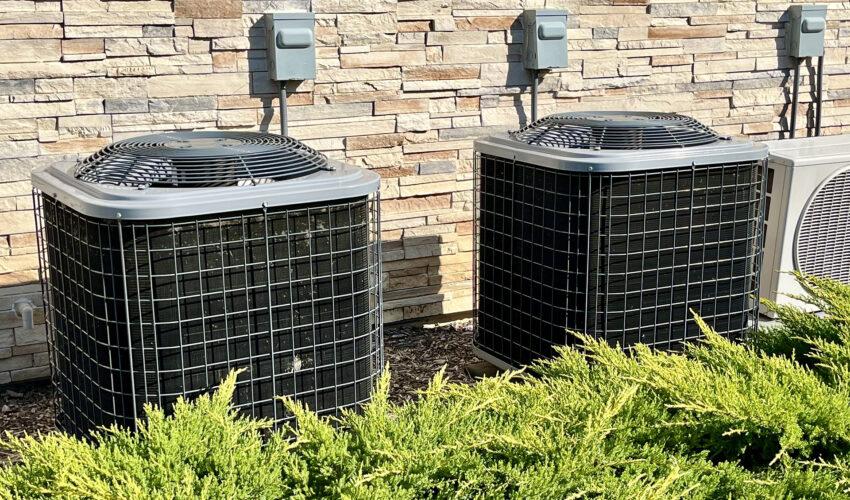If you’ve shopped for a new air conditioner since January 1, 2023—when the U.S. Department of Energy (DOE) introduced new efficiency standards for household HVAC equipment—you may have noticed that SEER ratings have been replaced with SEER2. So what’s the difference? We break it down below.
What SEER and SEER2 Measure
SEER stands for Seasonal Energy Efficiency Ratio. In short, it’s the ratio of a system’s cooling capability to the amount of energy consumed to produce that output during an average season. The higher the number, the better your system is at saving energy.
SEER2 represents the same ratio but includes some other factors in its calculation to reflect real-world conditions, making it a more accurate indicator of your A/C’s efficiency.
Why Did They Change It?
Originally, SEER ratings were based on standardized lab tests, which failed to account for other real-world variables—like external static pressure, occupancy patterns, and partial load efficiency.
- External static pressure occurs in all systems as a result of air resistance in your home’s ductwork working against the A/C unit’s blower, making it consume more energy.
- Occupancy patterns refer to the number of people in the cooling zone at various times, impacting cooling needs.
- Partial load efficiency measures a system’s ability to adjust its energy use to maintain desired temperatures during less demanding periods–like milder days–when the system doesn’t need to work at max capacity (a.k.a. full load).
SEER2 addresses this by incorporating these variables into the testing process. As a result, SEER2 ratings provide a more realistic idea of how your system will perform in your home.
Though the name change may seem a little confusing, it just means your unit has been evaluated under the new, more accurate testing standards.
SEER2 Ratings Are Lower—But That’s Okay!
Since SEER2 is stricter and accounts for the variables, the ratings are slightly lower. Here’s how they stack up against each other:
- 14 SEER = 13.8 SEER2
- 15 SEER = 14.3 SEER2
- 16 SEER = 15.2 SEER2
So, if you see a lower number, don’t worry–it doesn’t mean your A/C is less efficient. It’s simply the result of a more accurate measurement process.
What’s a Good SEER2 Rating?
Here’s what to look for when purchasing a new system:
- 13.8 SEER2 – This is the minimum rating allowed. All new A/C units sold in the U.S. must have at least a 13.8 SEER2, though some older units may have a lower rating. The new SEER2 regulations apply to new AC installations only; existing systems are grandfathered in.
- 14.3 SEER2 – An A/C unit with this rating qualifies for rebates from CPS Energy and potentially other power companies.
- 15.2 to 16.0 SEER2 – This is the sweet spot! These systems save energy, work well, and don’t cost a fortune to install. If you can afford an A/C unit in this price range, you’ll get the best bang for your buck.
- Over 18 SEER2 – These ratings are typically only found in fancy, multi-stage or variable speed systems that are best utilized for specific cooling needs such as multi-zone homes or increased humidity control.
Final Thoughts
At North East Air Conditioning, Heating & Plumbing, we’re dedicated to helping you find the perfect system to fit your home and budget.
Got questions about SEER2? Wondering if you qualify for rebates? Give us a call. We’re happy to explain and help you stay cool all year long.


